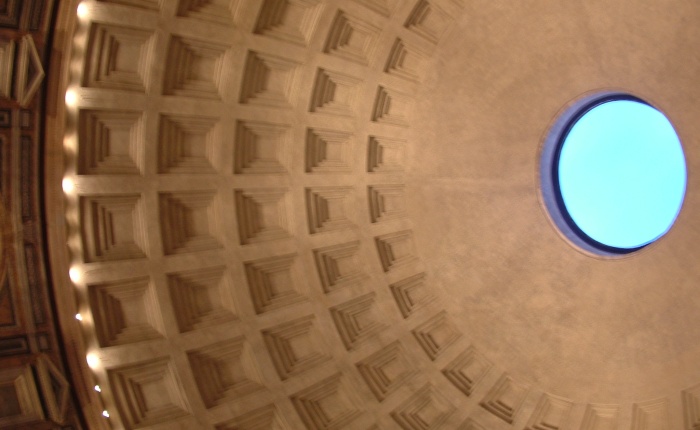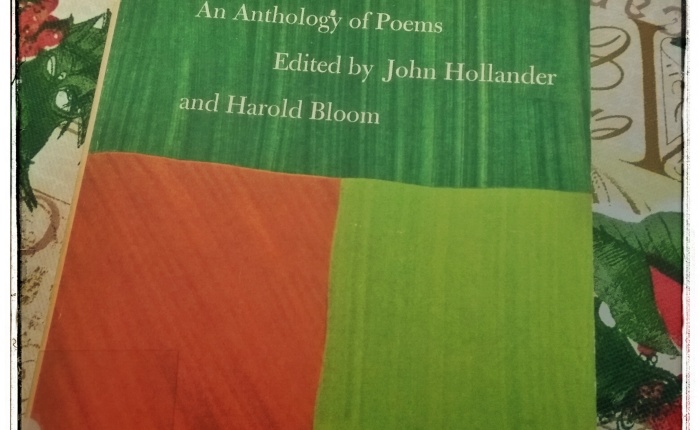Hello again friends!
We are over halfway through the year, which sometimes makes perfect sense and other times is shocking. The newest cohort of TMC students will descend on the campus in a matter of weeks, and the alumni will descend in a few day’s time (hence a post now rather than try to do something during alumni weekend). New Hampshire is, as ever, hot, humid, and green.
So here’s a riddle: when you are a librarian, and a solo librarian at that, who do you get your book recommendation from for this category? It may be cheaty, but I picked one from my overflowing TBR list, sort of a librarian recommendation to myself. For July, I’m reading Quiet: The Power of Introverts in a World that Can’t Stop Talking.
You guys, I am loving this book. So much so that I technically haven’t finished it and I’m already recommending it. This should come as a surprise to no one, but I am an introvert myself, and outside the library I work in a very extroverted corporate environment. Its just as great as you’d expect. What I like about this book is that it ultimately provides a vocabulary for dealing with introverted vs. extroverted people, also touching on high sensitivity and a few other personalty traits that tend to go hand in hand with introversion.
I wish I’d had this book ten years ago, if I’m being honest. My college years were an introvert’s dream: lots of meaningful conversations, the ability to get recharge time alone whenever I needed it, and a trove of personalities that I could be friends with without feeling like I had to put on a mask. We used to call it the green world, this beautiful place where we could grow and flourish and think and leaves certain cares of the world behind for a time. Green worlds don’t last, though, not ever, and so coming back to Earth was interesting. And in a time and place where all those skills and modes of being that make the most sense to me are less plentiful, I would have liked to have a way to express them that would be taken seriously in the larger world.
This book isn’t a classic or part of the Western canon (obviously), but its well worth a read in my opinion. And just to add on top of it, here are some other books I love and think you should read!
- Til We Have Faces, CS Lewis
- The Blue Castle, Lucy Maud Montgomery
- The Summer Before the War, Helen Simonson
- The Man in the High Castle, Philip K Dick
- The Chilbury Ladies’ Choir, Jennifer Ryan
- All the Light We Cannot See, Anthony Doerr
- Consider the Fork, Bee Wilson
- Aristophanes, any of his plays
- The Once and Future King, TH White
- The Phantom Tollbooth, Norton Juster
- The Four Loves, CS Lewis

